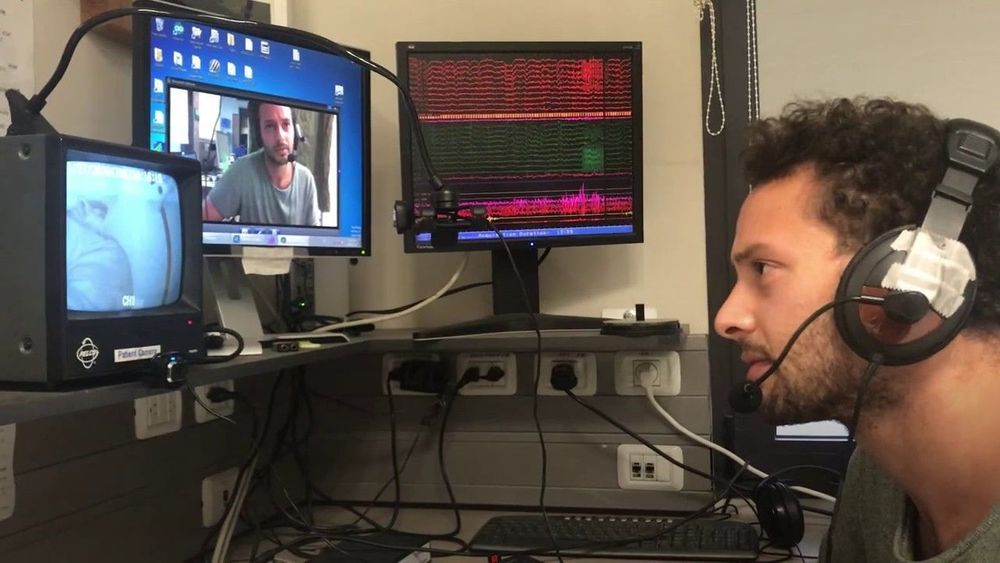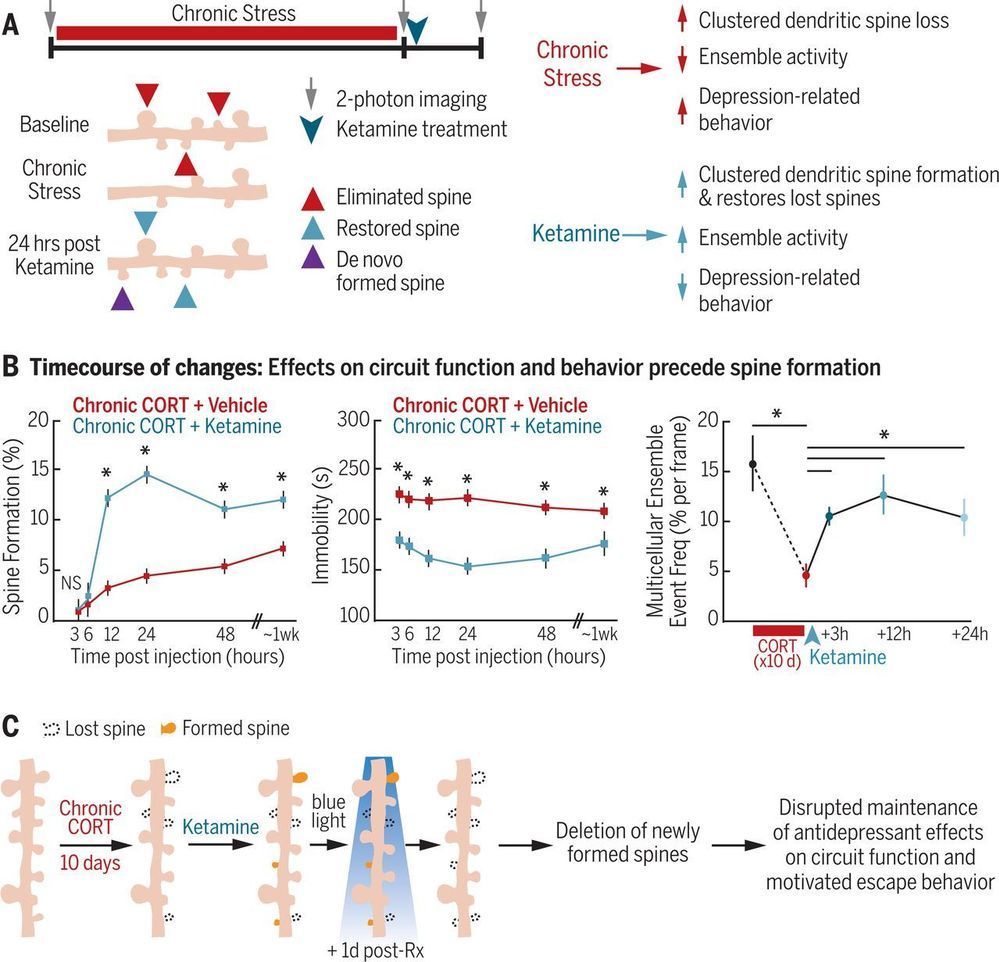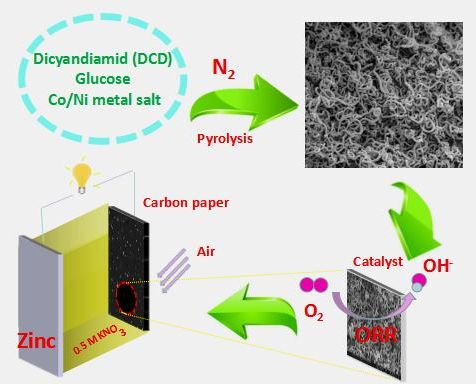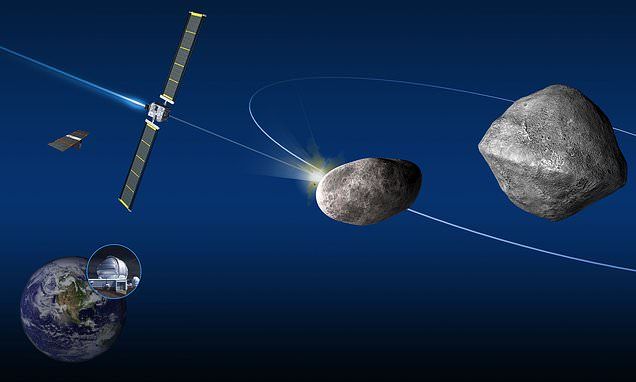Apr 13, 2019
Google’s Next Big Money Maker Could Be the Maps on Your Phone
Posted by Genevieve Klien in categories: business, economics, mobile phones
Indeed, Schindler stressed that Google would generate personalized Maps recommendations in “privacy-sensitive, opt-in ways.”
The company is betting that adding more data about places and businesses to Maps will lead people to spend more time on the service. As users expect more from Maps, Google has extra space to introduce more ads.
“We want to be able to highlight things that are around you and surface them nearby to you in a way that’s not disrupting your experience,’’ said Rajas Moonka, director of product management for Google Maps. Because so much of what users are looking for in Google Maps is commercial in nature, ads can be a helpful addition to the experience, he said.
Continue reading “Google’s Next Big Money Maker Could Be the Maps on Your Phone” »

















